‘Not a great time to be here’: Asians rethink working, studying in Trump’s America
Asian students and workers can feel the chill wind of the US government’s widening anti-immigration policy stance. And the past few months have been a time to weigh up options and the pursuit of the American dream.
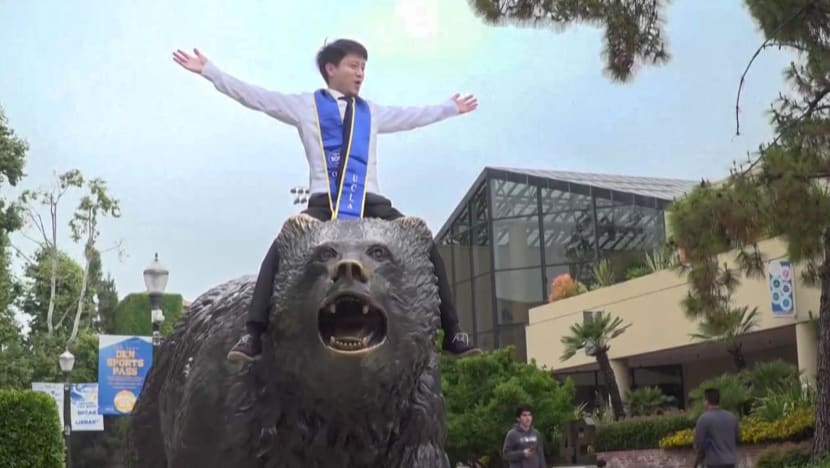
A college student sitting astride The Bruin, the iconic campus statue at the University of California, Los Angeles (UCLA). Are Asians still welcome in the United States?

This audio is generated by an AI tool.
NEW DELHI/WASHINGTON/BEIJING: In a quiet Delhi neighbourhood, a temple dedicated to the Hindu god Hanuman has earned the nickname “visa temple”.
Across India, temples like this have become pilgrimage destinations for prospective workers, students and entire families seeking blessings for their visa applications.
“If you come here … and join your hands in front of God, any of your wishes or supplications will be fulfilled,” said devotee Vikas Anand, who was praying for his work visa application to the United Kingdom to be approved.
Before him, his brother successfully obtained a United States work visa after visiting the same temple.
“Two to three people in front of him were (refused visas) … at the counter,” Anand told the programme Insight. “So, it depends. It’s somewhat more difficult (to get) US visas in comparison to other countries.”
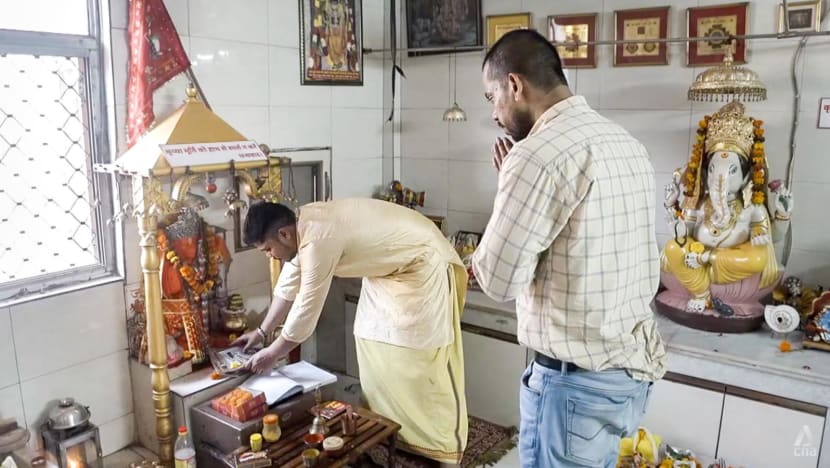
Globally, the US has more immigrants than any other country. Asia is its largest source of international students, with those from India and China topping the list. The continent is also a significant source of skilled workers.
But these days, would-be migrants could find more obstacles in their paths. Since his return to the White House, US President Donald Trump has issued various executive orders expanding deportations, cutting legal protections and reinstating travel bans.
Last month, his travel ban hit Southeast Asia for the first time, subjecting citizens from Laos and Myanmar to partial and full restrictions respectively.
While those policies have mostly targeted undocumented migrants and asylum seekers, even those with legal status are anxious about the government’s widening anti-immigration policy stance.
In April, the Trump administration revoked hundreds of student visas, citing national security concerns. But it later reversed the decision.
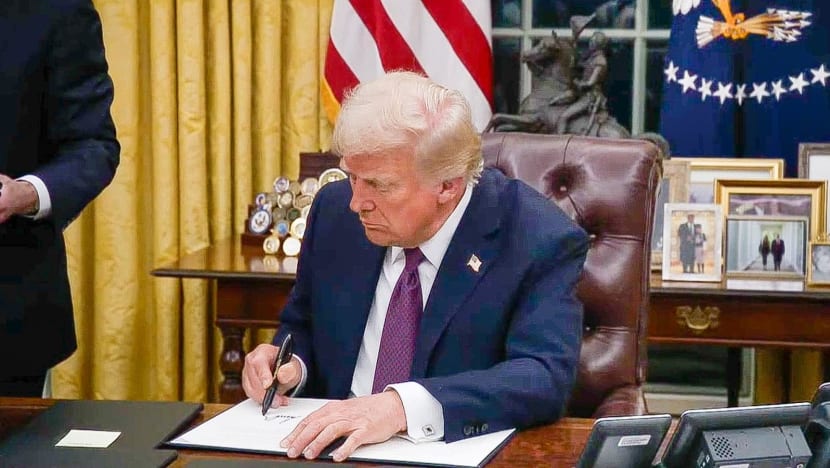
Then last month, it resumed processing new student visa applications after a month-long pause but now requires applicants to unlock their social media accounts for review.
American immigration policies are reshaping the lives of foreign students and workers, both current and prospective — not least at a time when the new academic year is approaching.
And in the wake of the crackdowns and shifting rules, the question is, will Asian talent still be drawn to the US?
WORK AND FAMILY UNCERTAINTIES
For Indian national Neeraja Kulkarni, the US was more than a place of study. It was a launch pad for doing meaningful work in clean energy.
“I came to the US to get an education and exposure. Because at that point, I thought the US had the most influential effect in global politics,” said Kulkarni, who came to America in 2022 to pursue a master’s degree.
“I was thinking I’d study for 16 months, and I’d work here for two, three years, get experience and then head back to India to support the development sector.”
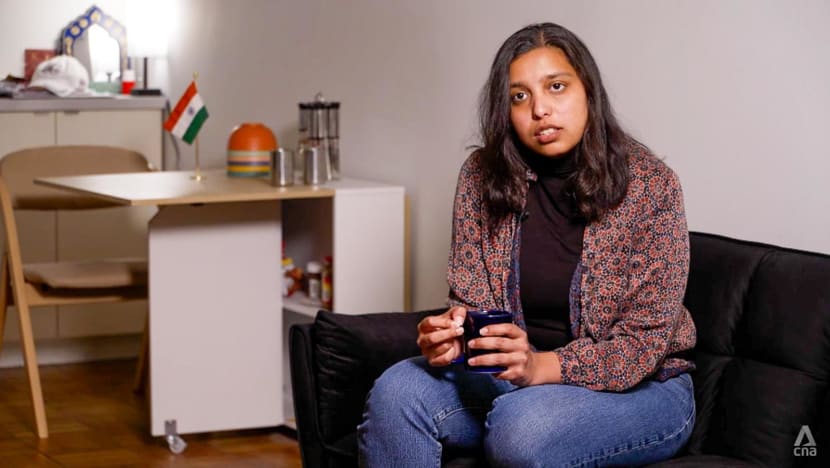
She graduated in December 2023 and found work through the optional practical training programme. It allows international students in the US to work in their field of study for a year, commencing before or after graduation.
At the end of it, the employer must sponsor a work visa if the graduate is to stay on. Kulkarni began having second thoughts, however, before her year was up. “It does feel unsafe in this country,” she said.
The US isn’t just regressing right now — it’s a rogue nation. And it’s not a great time to be here.”
Recently, several approved H-1B work visa holders who sought re-entry into the US were turned away and had their visa revoked, which has been “surprising to some”, said Erickson Immigration Group partner Hiba Anver.
WATCH: Are Asian students and workers still welcomed in USA? (45:40)
The H-1B visa allows employers to hire highly educated foreigners in sectors like technology, engineering, finance and healthcare.
The government caps the annual number of new H-1B visas at 65,000, with another 20,000 available for individuals with advanced degrees from US institutions. Indians, followed by Chinese, take up the most H-1B Visas.
However, despite interning at a “really famous” think-tank in Washington DC after graduation, Kulkarni found it difficult to find an employer that would sponsor her H-1B visa.
She believes “changes in the new administration” led to a “suspension (of) the decisions” by employers in the development sector about whether to hire international graduates like her.
Faced with these challenges, she left the US last month. She has moved back to India to join a local think-tank, bringing home her degree and her student loan debt.
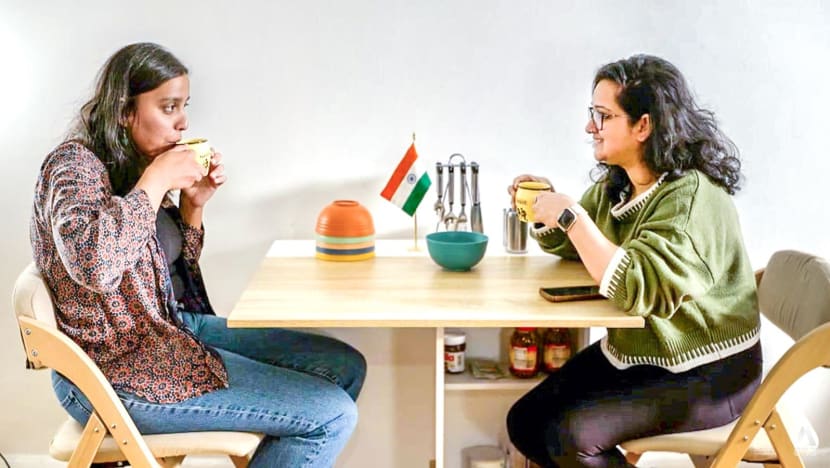
“If I was doing a job in the US, it would’ve been easier and faster to pay back the loan,” Kulkarni said.
“But (my) decision … to go back came with the kind of job I wanted to do and … life I wanted to live, and being safer and (more) certain and supporting my people more.”
Other foreigners living stateside, such as married couple Amit Pandey and Sakshi Tripathi — both professionals on H-1B visas — have also had their American ambitions shaken amid the political turbulence.
In January, Trump signed an executive order seeking to end automatic birthright citizenship, which is granted under the US Constitution to anyone born on American soil, irrespective of the parents’ immigration status.
“I was quite disappointed to know that this rule will come out soon, and my (future) children wouldn’t be getting US citizenship and the rights that US citizens and their children are getting,” said Tripathi.
Should the executive order take effect, highlighted Anver, some children born in the US would “essentially be stateless until their parents have taken some sort of proactive steps … to get some sort of alternative citizenship for them”.
Trump’s order is still being challenged in court. The outcome could give pause to skilled Asian migrants, if there is no pathway to citizenship for their children.
Citizenship for their future children was a major factor in Pandey and his wife’s decision to move to the US.
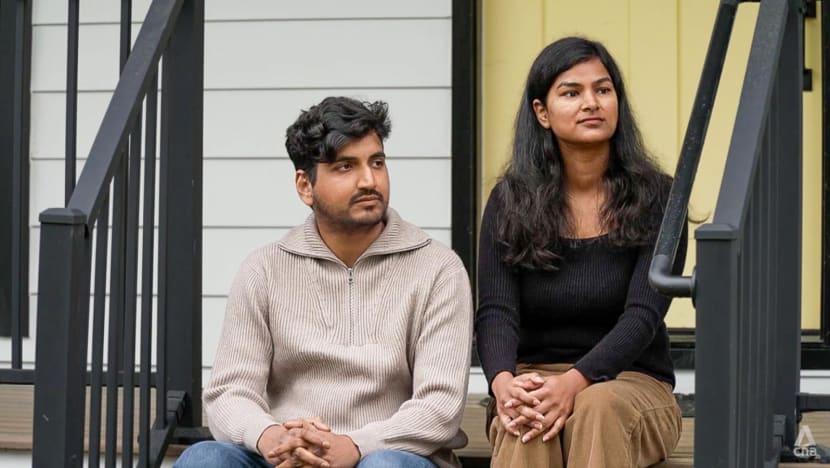
“I’ve gone through a lot in the Indian system and society,” he said, “(which) I wouldn’t want my next generation to go through.”
But now the couple’s pregnancy plans are on hold.
IN EDUCATION, A LOT OF PUSH-AND-PULL
The appeal of the US as the world’s top destination for higher education, especially science, technology, engineering and mathematics (STEM), is also clouded by growing unease.
Already, a survey done last October by the Keystone Education Group found that 42 per cent of foreign students were less likely to consider studying in the US under a Trump presidency.
His administration’s immigration policies are now creating “a culture of fear” in the US, with “reverberations” that could affect even those considering visiting the country, said Anver.
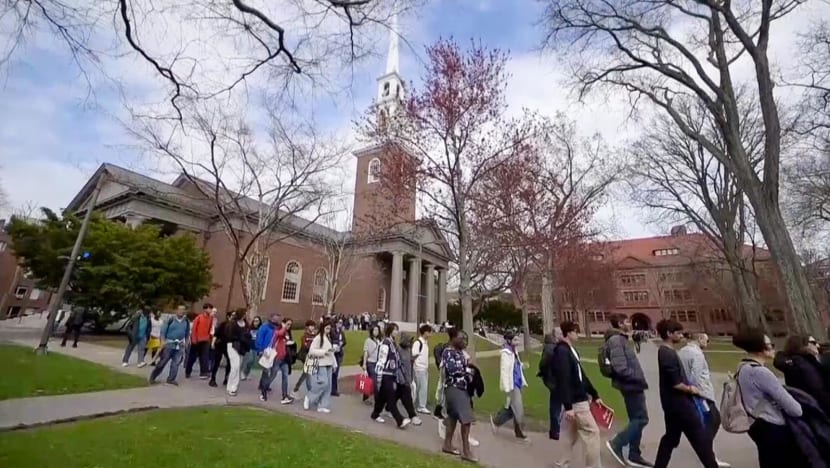
Besides the policies themselves, the anti-immigrant rhetoric at the governmental level “gives permission for people to sort of target … a vulnerable population of our communities”, said Asian American Federation interim co-executive director Joo Han.
In a survey conducted this year by The Asian American Foundation, 60 per cent of Asian Americans said they did not completely feel that they belonged in the US.
During the pandemic, there was a spike in anti-Asian hate. Then in the past few months, there has been a “normalisation of hate”, said Ashok Gladston Xavier, an associate professor of social work at Loyola College, Chennai.
And if more Asians are deterred from seeking educational and economic opportunities in the US, there are long-term economic costs that could hurt the country.
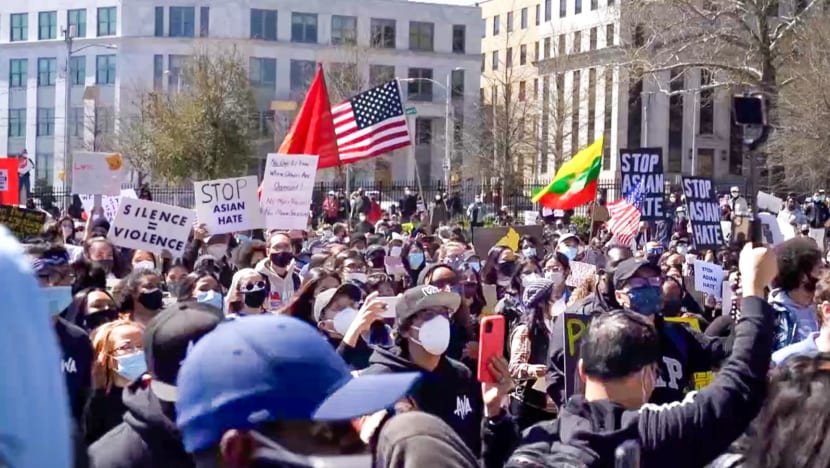
“The dependence on students coming from abroad in the US is very heavy,” highlighted Xavier, who has been working in the area of migration.
Between 2022 and last year, international students contributed over US$40 billion per academic year to the US economy. For every three foreign students, one job is created through tuition fees and demand for goods and services.
Many students also stay on in the US to work, with tech giants Amazon, Cognizant, IBM, Infosys, Microsoft and Tata Consultancy Services being the biggest H-1B visa sponsors.
But that pipeline for talent is starting to narrow. A survey of international students found last September that prospective advanced STEM students increasingly anticipated shorter-term stays in the US.
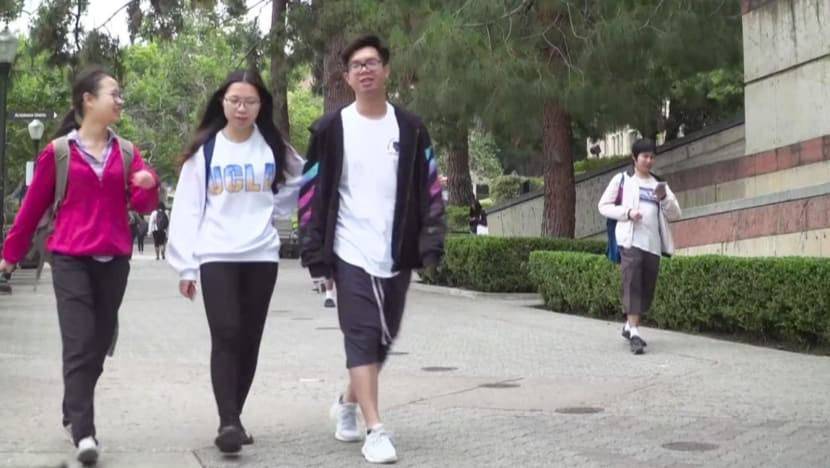
Four in 10 of these students anticipated staying three years or less after graduation, while three in 10 would plan to stay longer. In the 2021 survey, the results were the other way round.
“If the students stop going there, the talent pool in the US also reduces,” said Xavier. “Ten years (from now) you’ll see the impact.”
There is a reverse brain drain underway already. The rate at which China-born scientists have left the US surged 75 per cent in the years 2019 to 2021, according to a Proceedings of the National Academy of Sciences research paper.
These scientists reported difficulty in pursuing their research and general feelings of anxiety. As most of them return home, China is closing the innovation gap with the US.
“People won’t stop pursuing whatever it is that they want to do,” observed Kiara Bhagwanjee, head of growth at health technology startup Superscript. “They’ll go somewhere else where they can do it instead. It just won’t be America.”
Meanwhile, legal resistance is mounting, with more than 200 lawsuits being brought against various Trump policies, including on immigration. Recent surveys also show a shift in opinion towards disapproval of his handling of the issue.
“The history of the US as a country that provides economic opportunities for immigrants will always be part of its image abroad,” said Han. “But … we’re at a precarious juncture.”
At this point, US universities still dominate, accounting for seven of the top 10 universities in the Times Higher Education rankings. And the American dream holds sway over many.
In Beijing, 17-year-old Lee Xiao Xing hopes to study film stateside.
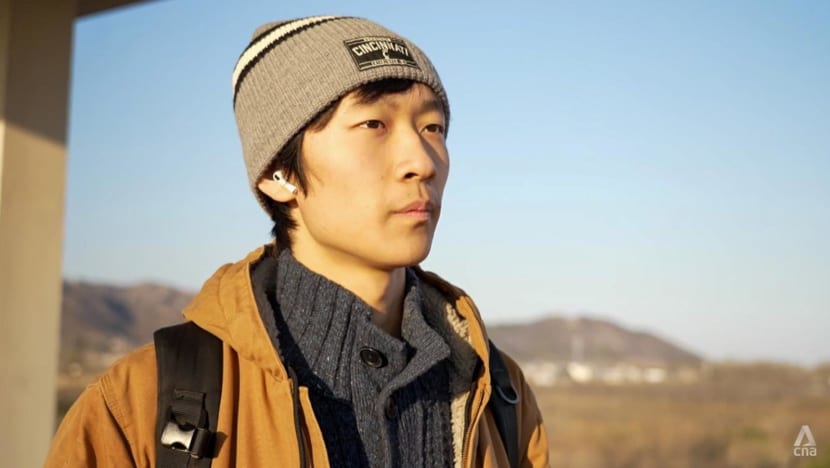
“The US is a very diverse place. And it has infinite possibilities,” he said. “It can offer so much experience, … which may be very helpful for you to find jobs all over the world in future.”
His path, however, has not been easy. “When Trump won, and he immediately proposed tighter visa restrictions on foreign students, I was really scared,” Lee recalled.
I’ve been studying international courses (to go to the US) since first grade, so I feel I have no way back.”
He is making his fourth attempt at a US student visa and is now learning French — in case he must pivot towards studying in France.
“From Trump’s perspective, he must feel that resources … should be channelled to Americans,” said Lee. “If they could loosen things up a bit, … America’s relationships with surrounding countries — with other countries — might also improve.”
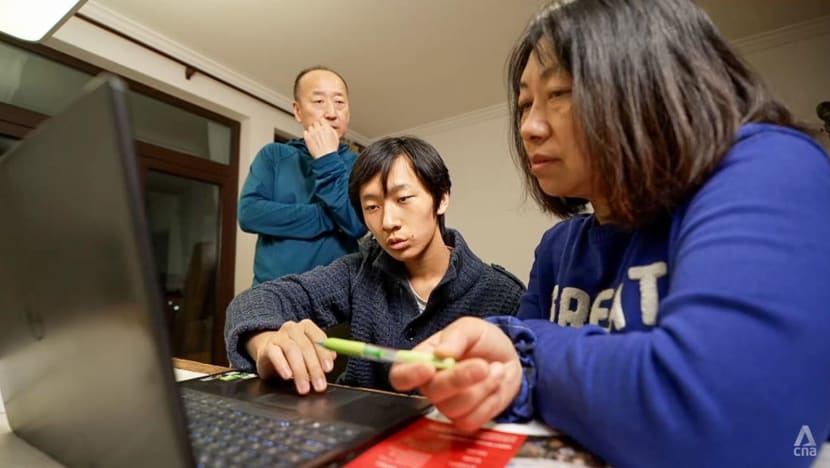
Back in Delhi, devotees continue to flock to the Miraculous “Visa-Granting” Hanuman Temple for a shot at living abroad. “One benefit we get from working abroad is … a better living standard,” said Anand. “In terms of salary, that’s also more.
“That’s why I decided that if I’m getting an opportunity, I should go for it.”
Watch this episode of Insight here. The programme airs on Thursdays at 9pm.





















